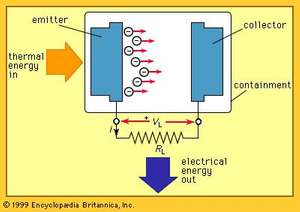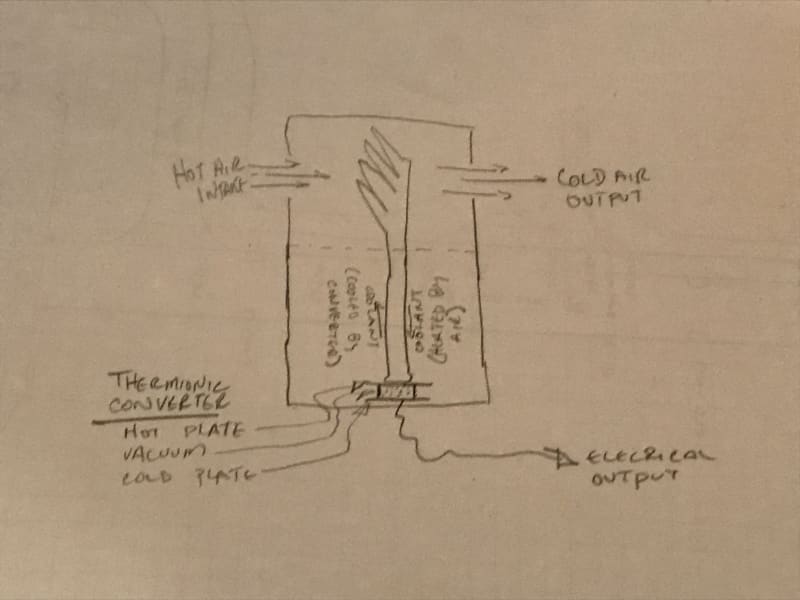Sorry to invade the forum (I'm not an HVAC engineer, but a utility engineer)...... But I had a thought the other day and it's been on my mind, so I thought I'd ask.
Since there are ways to convert heat to electricity without steam, such as a thermionic converter, couldn't one create a sort of "space cooler" that doesn't need to vent heat to the outside, because it's converting that heat to electricity and using it to help power the other devices in your home?
If not, why? If so, why isn't it more popular?
Since there are ways to convert heat to electricity without steam, such as a thermionic converter, couldn't one create a sort of "space cooler" that doesn't need to vent heat to the outside, because it's converting that heat to electricity and using it to help power the other devices in your home?
If not, why? If so, why isn't it more popular?



![[wink] [wink] [wink]](/data/assets/smilies/wink.gif)